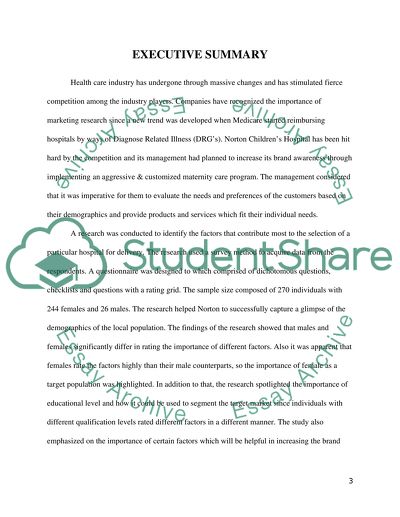Cite this document
(Aggressively Marketed Maternity Care Program at Norton Childrens Research Paper, n.d.)
Aggressively Marketed Maternity Care Program at Norton Childrens Research Paper. Retrieved from https://studentshare.org/marketing/1568182-research-report
Aggressively Marketed Maternity Care Program at Norton Childrens Research Paper. Retrieved from https://studentshare.org/marketing/1568182-research-report
(Aggressively Marketed Maternity Care Program at Norton Childrens Research Paper)
Aggressively Marketed Maternity Care Program at Norton Childrens Research Paper. https://studentshare.org/marketing/1568182-research-report.
Aggressively Marketed Maternity Care Program at Norton Childrens Research Paper. https://studentshare.org/marketing/1568182-research-report.
“Aggressively Marketed Maternity Care Program at Norton Childrens Research Paper”, n.d. https://studentshare.org/marketing/1568182-research-report.


